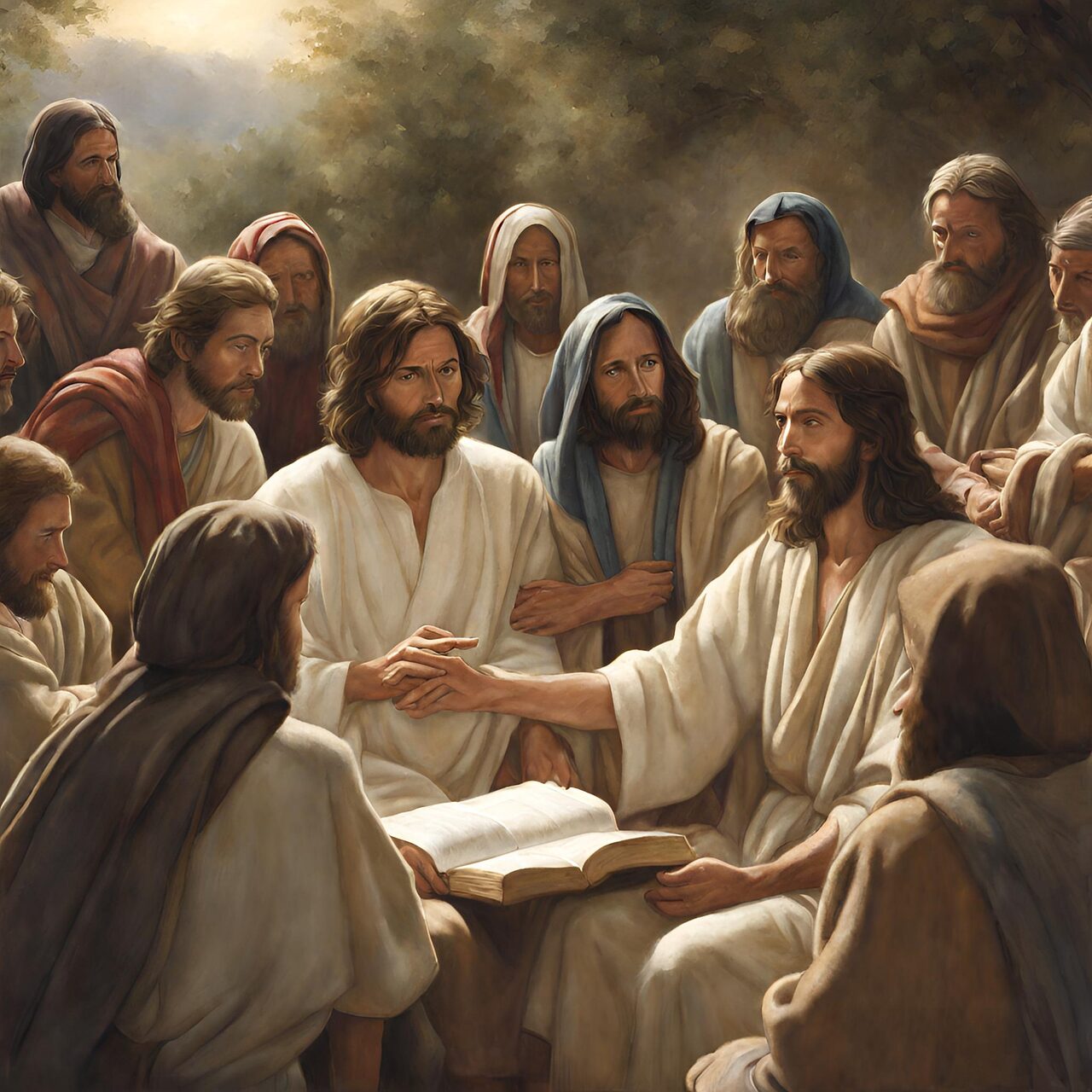Eschatology, the study of the end times, has fascinated theologians, scholars, and believers for centuries. While many have attempted to interpret biblical prophecy, Jesus Christ remains the ultimate pioneer of eschatological studies. His teachings, particularly in the Olivet Discourse (Matthew 24; Mark 13, and Luke 21), provide a clear framework for understanding the events leading up to His Second Coming.
In Matthew 24, Jesus outlines a prophetic timeline, beginning with the destruction of the Jerusalem temple and extending to the final culmination of history. This timeline comprises four key stages:
- The destruction of the Temple occurred in A.D. 70.
- The Beginning of Sorrows – The present period is marked by increasing global turmoil.
- The Seven-Year Tribulation is a future period of exceptional distress started by a peace treaty signed by the Antichrist.
- Christ’s millennial kingdom will be established upon His triumphant return (The Second Coming).
By examining Jesus’ eschatological teachings in these four stages, we can understand how He continues to be the ultimate authority on end-time prophecy.
1. The Destruction of the Temple (Fulfilled in A.D. 70)
One of the most striking prophecies in Jesus’ discourse is His prediction of the destruction of the Jerusalem temple:
“Do you not see all these things? Assuredly, I say to you, not one stone shall be left here upon another, that shall not be thrown down.” (Matthew 24:2, NKJV)
This prophecy came true in A.D. 70 when the Roman army, under General Titus, besieged and destroyed Jerusalem. The Temple, which stood as the center of Jewish worship, was utterly demolished. The fulfillment of this prophecy affirms Jesus’ role as the pioneer of eschatology—His words were not mere speculation but divine revelation.
The destruction of the Temple also foreshadowed more extraordinary judgments to come. It marked the beginning of the Jewish diaspora and a shift in God’s redemptive plan, leading to the age of the Church.
2. The Beginning of Sorrows (Present Day)
After predicting the Temple’s destruction, Jesus describes a period He calls “the beginning of sorrows” (Matthew 24:8). This phase, also referred to as the birth pains, is characterized by:
- Wars and rumors of wars (Matthew 24:6)
- Nation rising against nation (Matthew 24:7)
- Famines and earthquakes (Matthew 24:7)
- Persecution of believers (Matthew 24:9-10)
- Lawlessness and deception (Matthew 24:11-12)
- Pestilences-Luke 21:11
- Deceptions and false prophets rising- Matthew 24:5 For many will come in my name, claiming, ‘I am the Messiah,’ and will deceive many.
This stage aligns with the current state of the world. We are witnessing increased natural disasters, global conflicts, economic instability, and moral decline—clear indicators that we live in the period Jesus described.
Jesus warns about false prophets and many antichrists, who will lead many astray (Matthew 24:5, 24). In today’s world, spiritual deception is rampant, with many distorting biblical truth for personal gain.
While this period is distressing, Jesus reassures His followers:
“But he who endures to the end shall be saved.” (Matthew 24:13, NKJV)
This promise calls believers to remain faithful despite growing persecution and chaos.
3. The Seven-Year Tribulation (Future Event)
The most intense period of eschatological prophecy is the seven-year tribulation, which Jesus describes as “great tribulation, such as has not been since the beginning of the world until this time, no, nor ever shall be.” (Matthew 24:21, NKJV).
This period, detailed further in Daniel 9:27 and Revelation 6-18, begins with the Antichrist signing a peace treaty with Israel, which marks the final countdown to Christ’s return.
There are two phases to the tribulation:
The First Three and a Half Years
- A deceptive peace orchestrated by the Antichrist (Daniel 9:27).
- The rise of a one-world government and religious system (Revelation 13).
- Increasing judgments, including war, famine, and disease (Revelation 6).
The Great Tribulation (Last Three and a Half Years)
- The Antichrist breaks the peace treaty and declares himself a god (2 Thessalonians 2:4).
- Unprecedented persecution of believers and Jews (Matthew 24:16-22).
- The outpouring of God’s wrath through catastrophic judgments (Revelation 16).
Jesus warns believers about the severity of this time, urging vigilance and spiritual readiness:
“Therefore when you see the ‘abomination of desolation,’ spoken of by Daniel the prophet, standing in the holy place (whoever reads, let him understand), then let those in Judea flee to the mountains.” (Matthew 24:15-16, NKJV)
This passage refers to the Antichrist’s desecration of the rebuilt Temple in Jerusalem, a pivotal moment that signals the intensification of God’s judgment.
4. The Second Coming of Christ (The Culmination of History)
The tribulation ends with the glorious return of Jesus Christ. Unlike His first coming as a humble servant, Jesus will return as King of Kings and Lord of Lords (Revelation 19:11-16).
“Then the sign of the Son of Man will appear in heaven, and then all the tribes of the earth will mourn, and they will see the Son of Man coming on the clouds of heaven with power and great glory.” (Matthew 24:30, NKJV)
At His return, Jesus will:
- Defeat the Antichrist and his armies (Revelation 19:19-21).
- Establish His millennial kingdom, ruling with justice and righteousness (Revelation 20:4-6).
- Restore peace and fulfill God’s promises to Israel (Zechariah 14:9).
His return will be unmistakable, unlike His first coming, which was unrecognized by the world. Jesus describes it as lightning flashing from the east to the west (Matthew 24:27), signifying its sudden and visible nature.
Conclusion: Jesus—The Ultimate Eschatological Authority
Jesus Christ remains the preeminent authority on eschatology. His teachings in the Olivet Discourse and Sermon on the Mount provide a comprehensive framework for understanding the end times. Unlike human interpretations, His prophetic words have proven accurate and continue to unfold before our eyes.
As believers, our response to Jesus’ eschatological teachings should be vigilance, faith, and readiness. He calls us to:
- Watch for the signs of His return (Matthew 24:42).
- Stand firm amid tribulation (Matthew 24:13).
- Proclaim the gospel to all nations (Matthew 24:14).
Jesus’ role as the pioneer of eschatology is undeniable. His words have shaped end-time studies and continue to guide believers as we await His triumphant return.
Ultimately, the study of eschatology is not merely about predicting the future—it is about preparing our hearts for the coming King.
Maranatha! Come, Lord Jesus.




